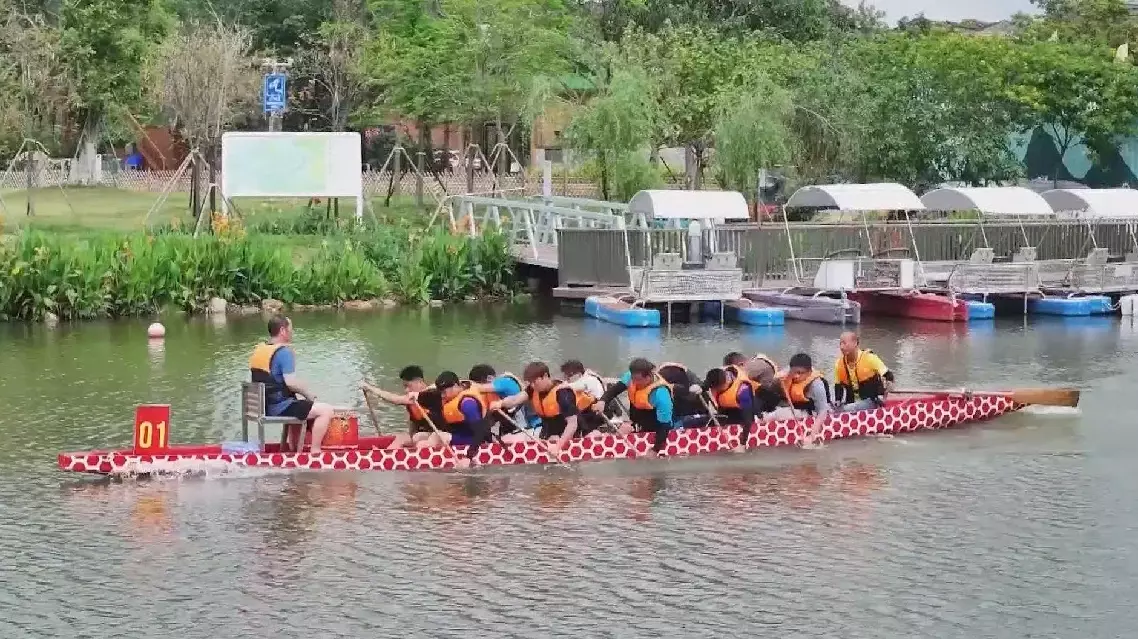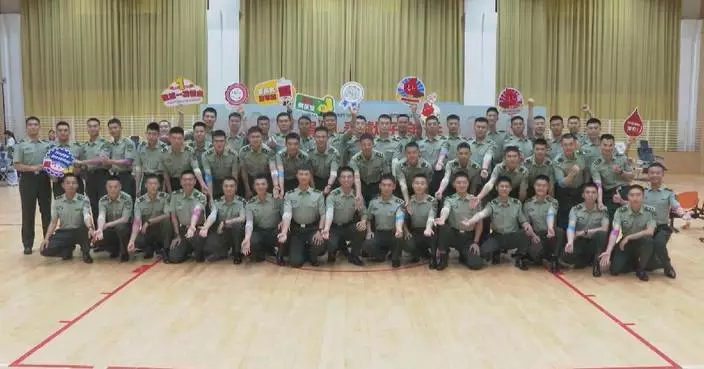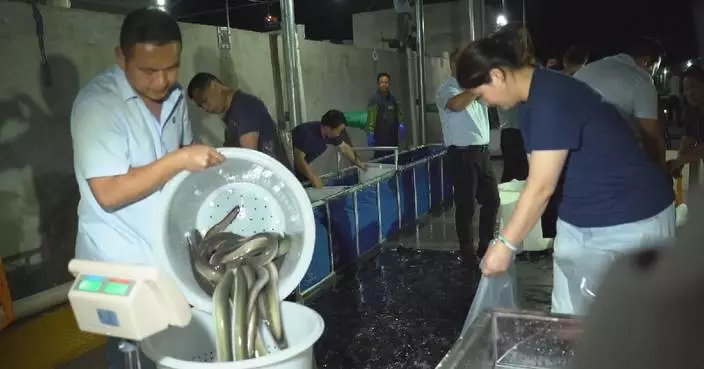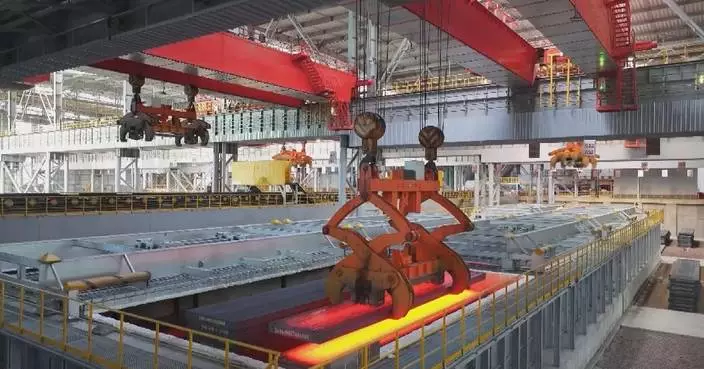The Shenzhou-19 crew members, currently on board China's Tiangong space station, have been conducting routine maintenance of the Earth-orbiting facility.
The crew has completed tasks including inspecting and maintaining the station's treadmill as well as the life support system. They have also improved the safety of the hatch by installing forward and aft hatch space debris protection devices, which could reduce the negative impact of small space debris collisions on the hatch.
The crew have also conducted regular medical examinations during their stay in space, such as cardiac vascular ultrasound checks, electrocardiograms, dynamic electrocardiogram blood pressure monitoring, bone density measurements, and strength tests as per requirements.
On the ground, China's space agency has continually collected data from the crew to track the astronauts' health status. Ground researchers recently assisted the crew in completing the first comprehensive emergency pressure drill and in-orbit medical rescue training since their arrival.
The crew will conduct their first extravehicular activities (EVAs) within the next few days, the China Manned Space Agency (CMSA) announced on Monday.
Over the past month, the three astronauts have been conducting regular inspections and maintenance on their space suits to ensure they are in optimal condition.
The crew members, Cai Xuzhe, Song Lingdong and Wang Haoze, were sent into the space station on Oct. 30 for a six-month mission.

Shenzhou-19 crew completes routine maintenance of China's space station

Shenzhou-19 crew completes routine maintenance of China's space station
As the Dragon Boat Festival draws near, the vibrant atmosphere of the races fills the air in south China's Guangdong Province.
The beating of drums grows louder along the province's riverways as local dragon boat teams dive into training, ramping up their preparations for the upcoming competitions.
In Shixing County, Shaoguan City, along the banks of the Mojiang River, 13 dragon boat teams have been diligently training. Young or old, once these racers step onto the boat, the energy and spirit are palpable.
In Jinwan District of Zhuhai City, the Longqi Town Tengshan community dragon boat team has also intensified its training in anticipation of the upcoming rural dragon boat race on the Sanban River.
"Dragon boat racing requires synchronization. Everyone must row in unison to go faster," said Zeng Jianbin, a member of the Tengshan Community dragon boat team.
In Guangdong's Yangjiang City, the Moyangjiang River will host an intense 800-meter upstream race.
Unlike traditional races that go downstream, this challenge requires teams to battle against the current, making it a test of both strength and endurance. Each boat will carry up to 51 team members, with the lead paddler using a longer and heavier "scissor paddle" to push through the water and give the boat more momentum.
As night fell, the roars of the dragon boat teams could still be heard echoing across the riverbanks, with crowds of local residents cheering them on during their evening training sessions.
"The upstream dragon boat race truly embodies our spirit of striving against the odds. With 50 to 60 people on one boat, a team must work together as one to claim first place," said a local resident of Yangjiang who turned out the view the training.
Duanwu, or the Dragon Boat Festival, is celebrated on the fifth day of the fifth month on the Chinese lunar calendar to commemorate ancient Chinese poet Qu Yuan from the Warring States Period (475-221 B.C.), and has now become a national holiday when people enjoy eating Zongzi and watch dragon boat races.

Guangdong dragon boat teams sharpen strokes ahead of festival























































